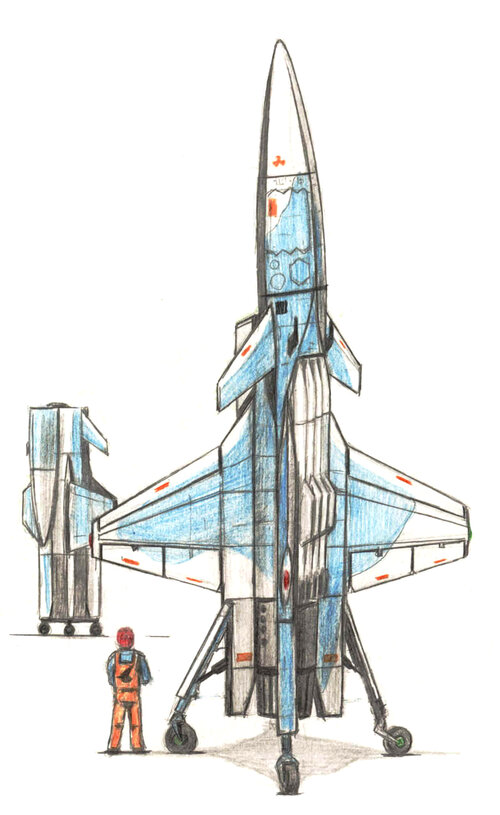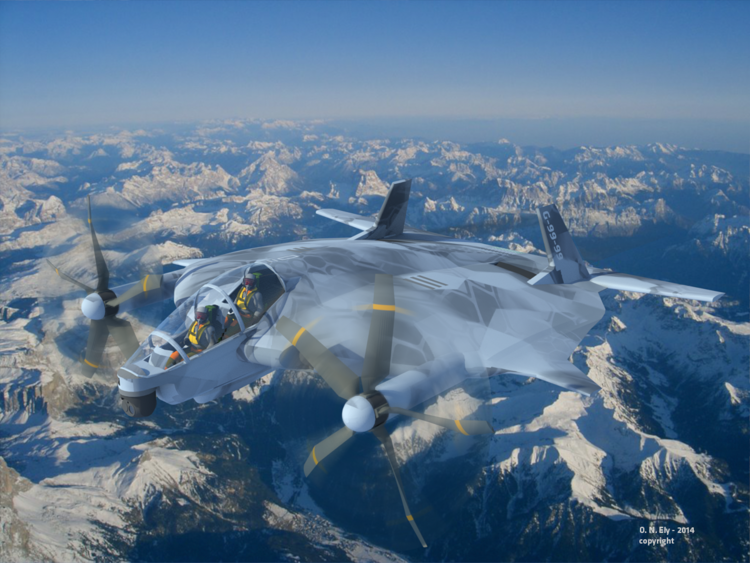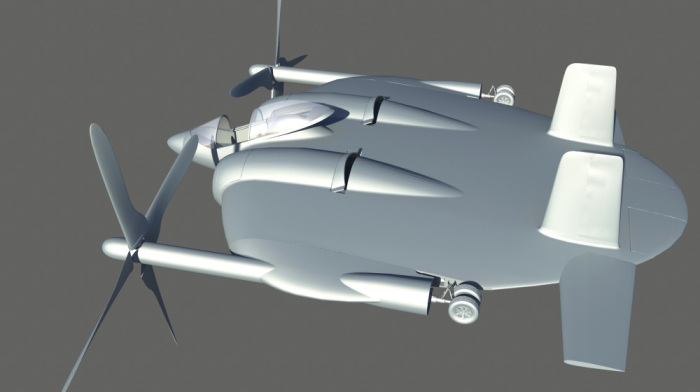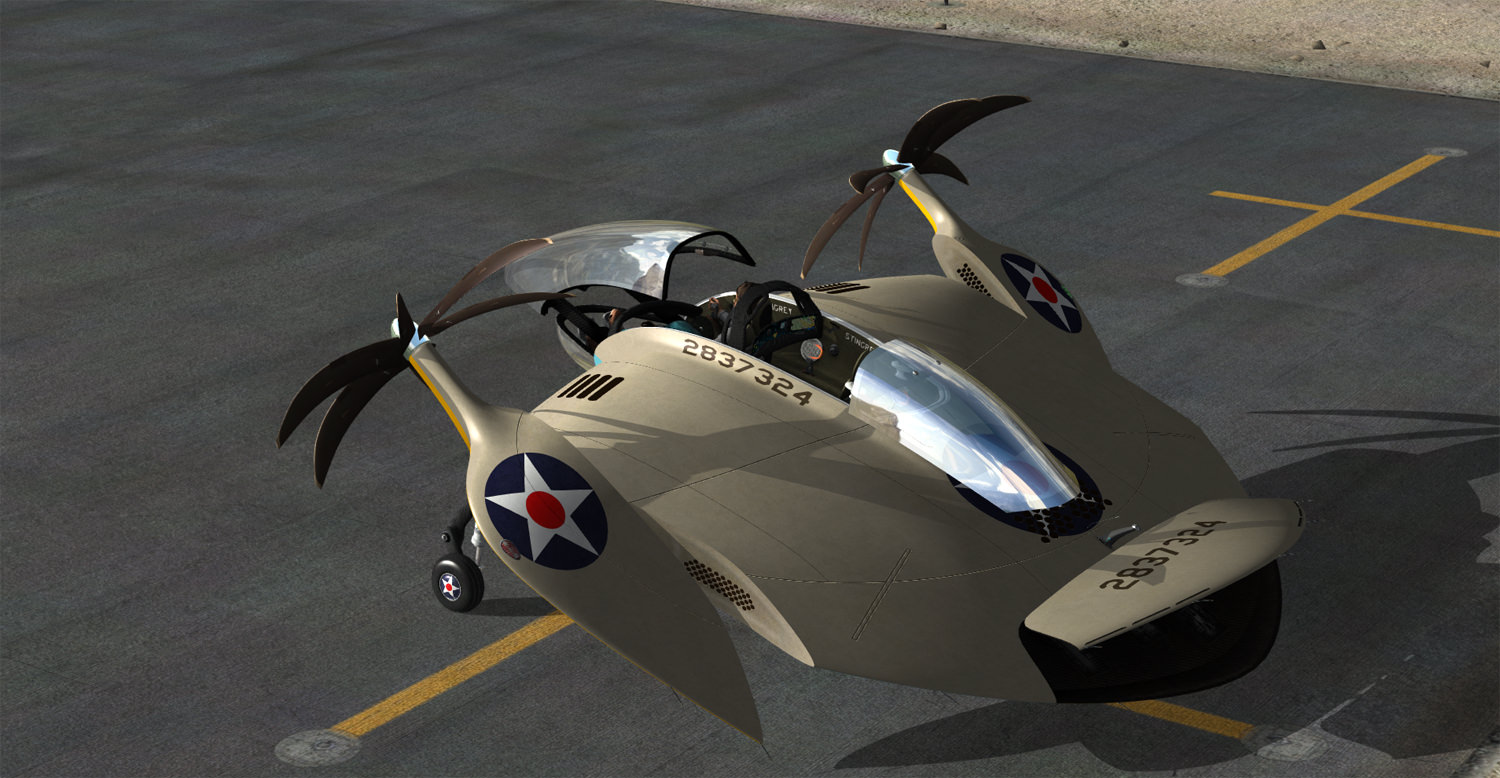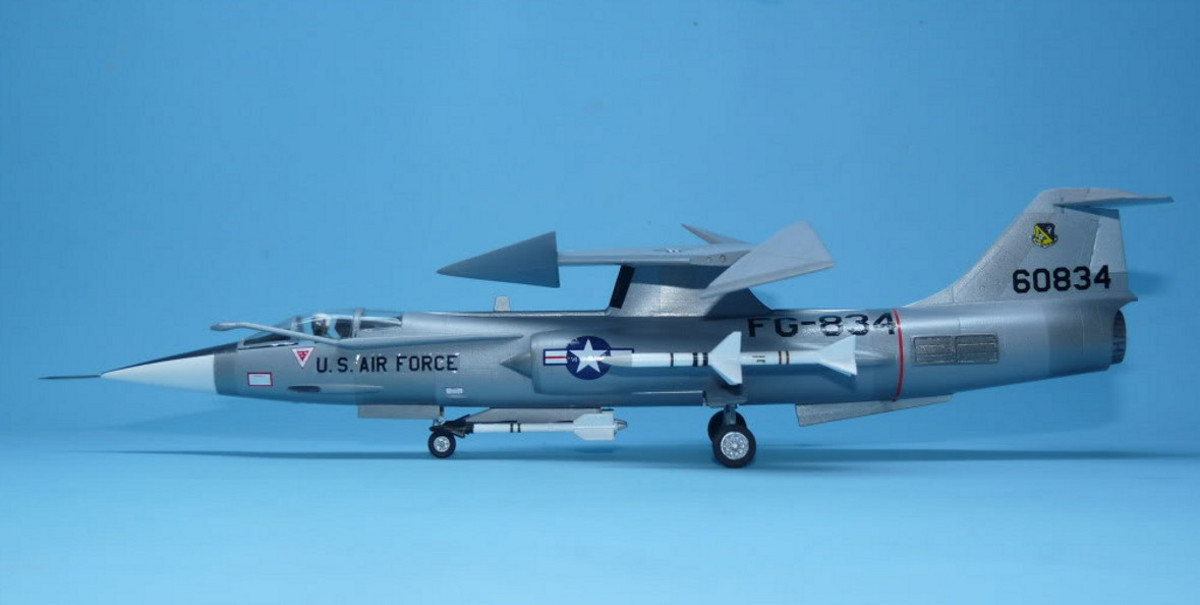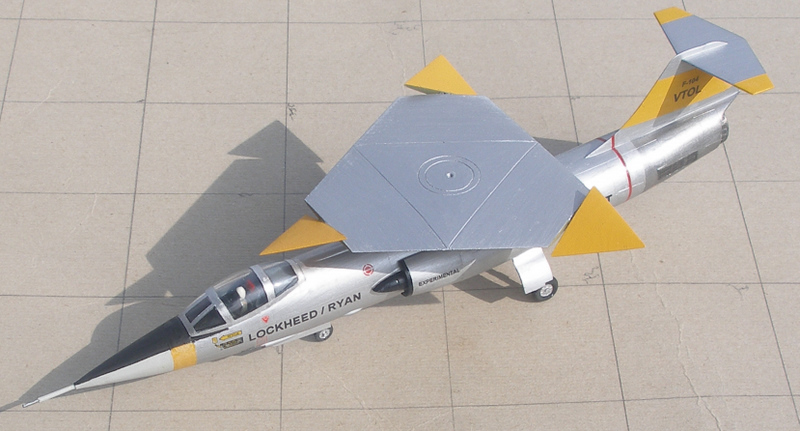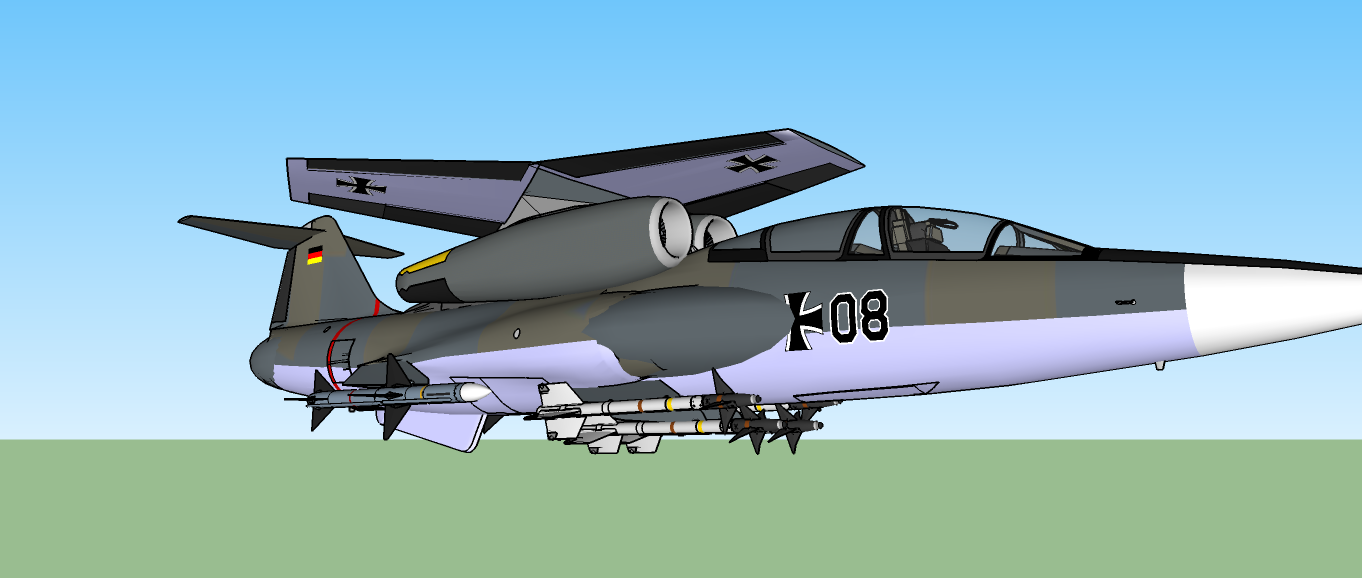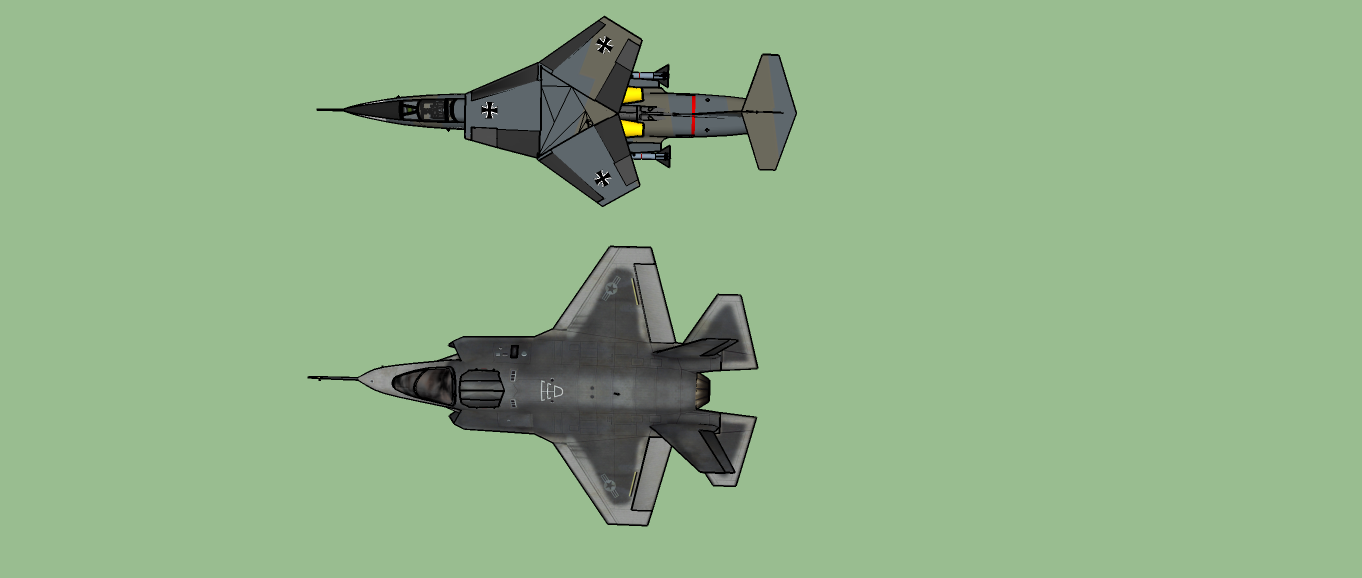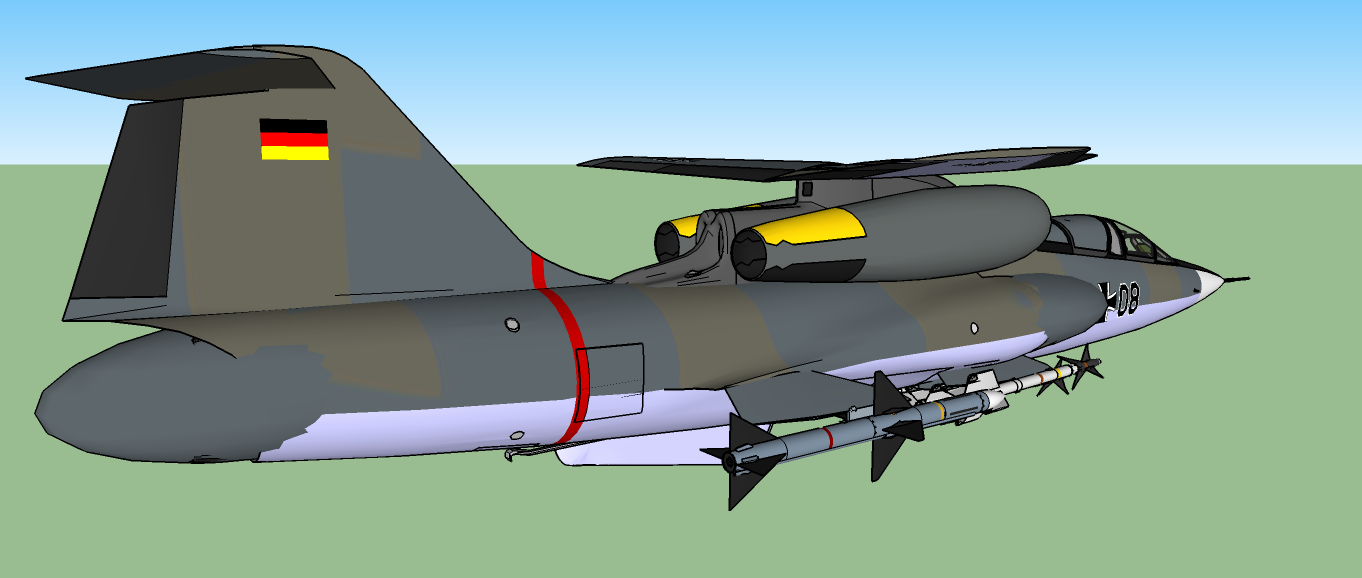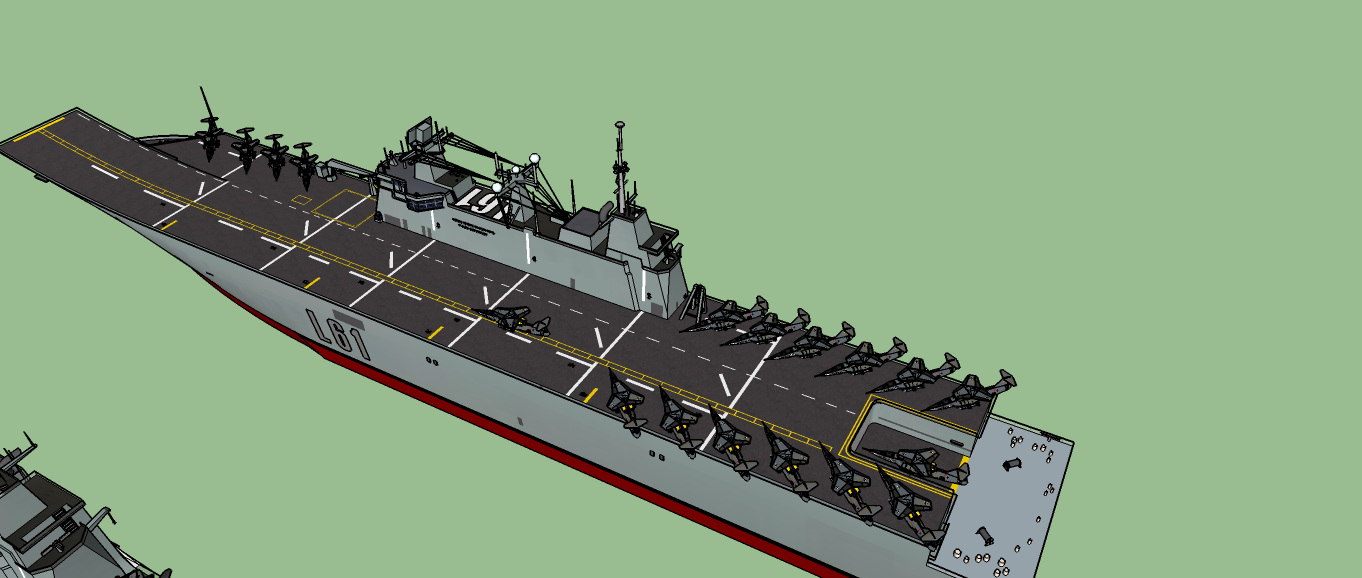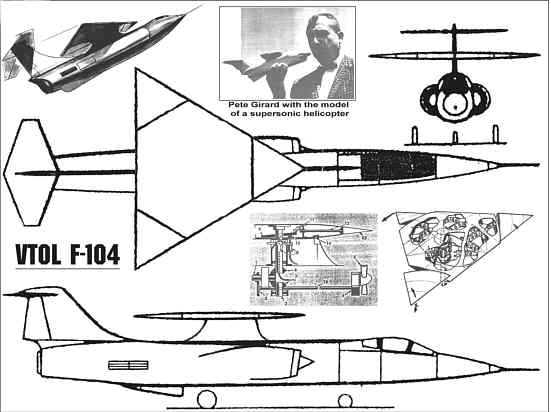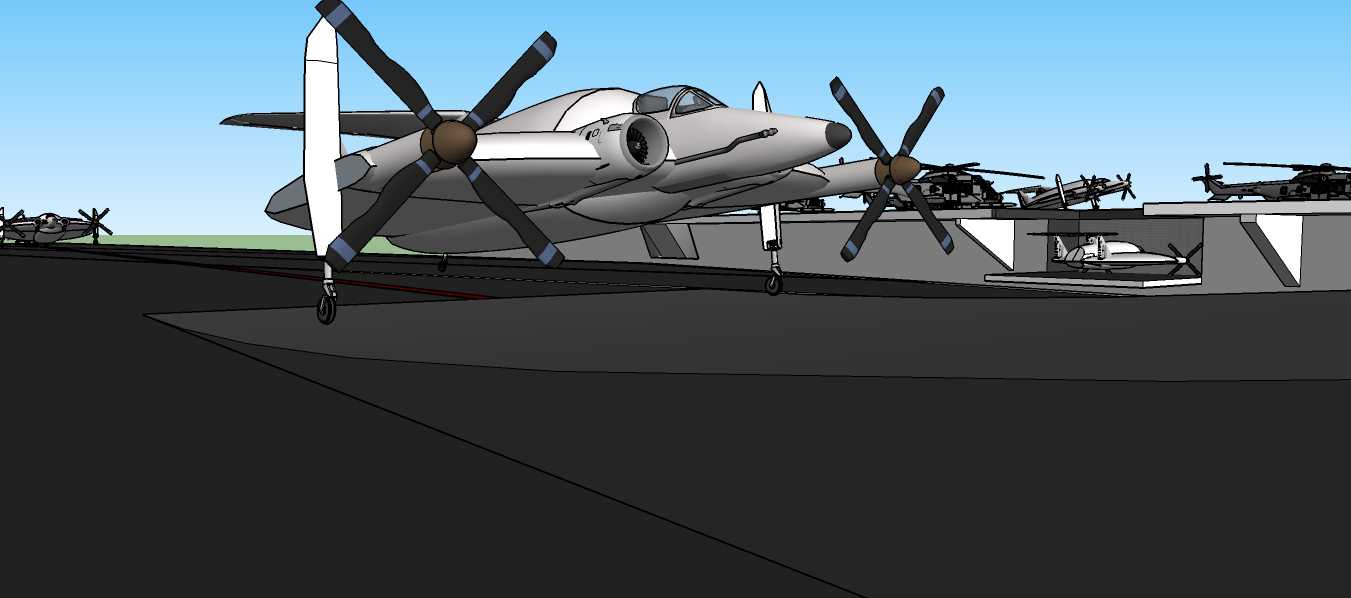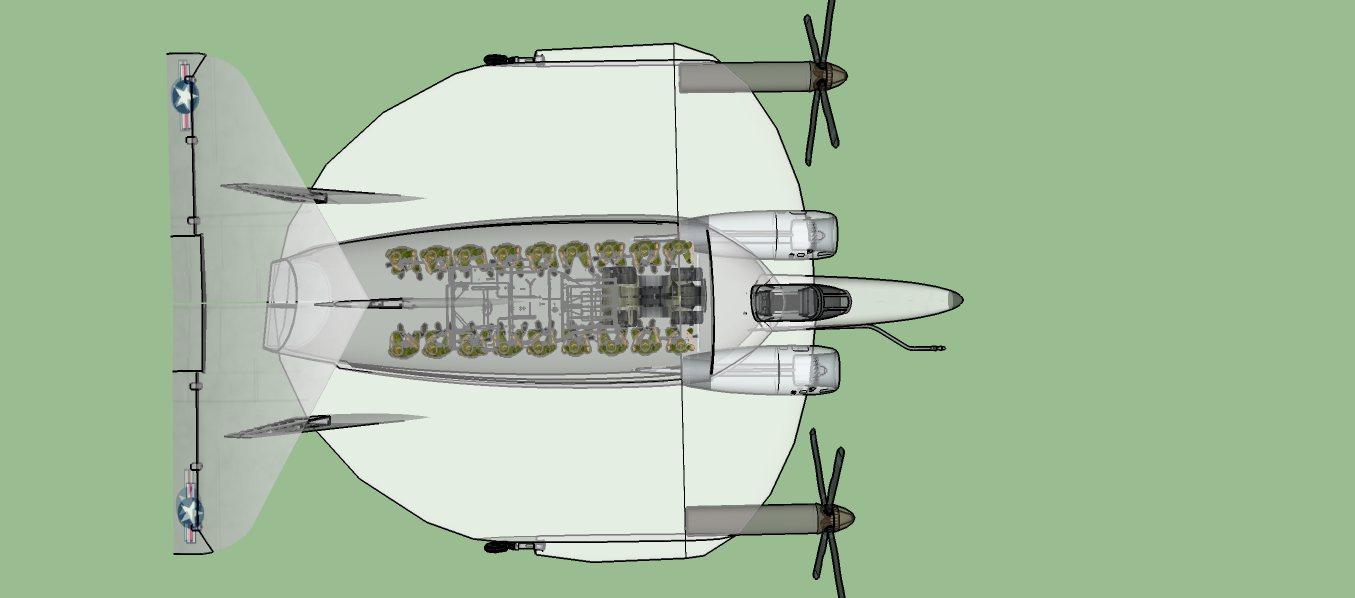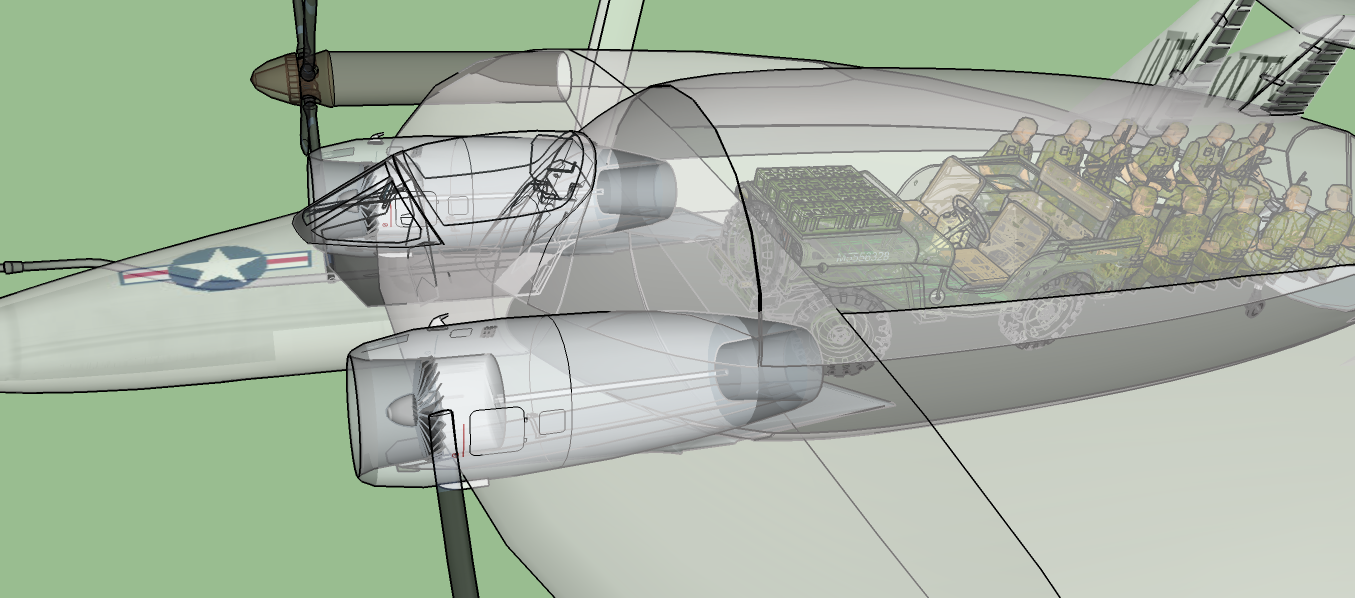I'd like to discuss what are the respective advantages and disadvantages of said technologies, especially in the context of constrained landing/takeoff spaces, like carrier operations. What circumstances would lead engineers to chose one over the other?
My quick summary:
VTOL has been tried a few times, with the most prominent examples being the Yak-141, the X-32 and X-35. My memory is fuzzy on the history, but I think all 3 have been conceived as true VTOL aircraft, but the significant technological and practical issues have stopped them from entering service. The F-35B is the only active example, and afaik its capability when used as a true VTOL aircraft is severely reduced, and I'm not sure if anyone uses them operationally like this. On the engineering side, this requires a ton of extra hardware, complexity, and the nasty effects that occur during takeoff/landing, such as aerodynamic suckdown, exhaust reingestion and exhaust velocity (just to name a few), make it dangerous for both the pilot and its environment.
It also drives design decisions like moving the engine exhaust closer to the center of the aircraft, leading to more awkward layouts, and diminishing the effectiveness of thrust vectoring.
I feel like this scheme is more trouble that it's worth, unless I'm missing something. Though it is undoubtedly cool, I'm not sure if future designs can make this practical.
STOVL seems to me like the worst of both worlds. You pay for most of the complexity, yet you take on most of the risks, without getting most of the benefits.
The argument for this scheme is obviously the existence of the F35B. If US engineers went for this, they probably did the math and found this scheme most advantageous. Or did they? It seems the US is planning to procure 4x as many CTOL F35Cs as F35Bs.
STOL is my preferred choice, with the advent of technologies of thrust vectoring and advanced aerodynamic high-lift devices, either dedicated, like Kruger flaps or not, like canards, or barn-door sized horizontal tails, like on the F35, I feel like it's possible to construct an aircraft that could rival a STOVL aircraft in takeoff distance. Another advantage compared to STOVL, is that afterburners are available during takeoff, giving the aircraft more thrust to work with.
Unlike VTOL, where the extra equipment is dead weight for most of the flight, while in this scheme, the thrust vectoring and increased low speed maneuverability it a boon throughout the flight.
Considering all this, I'd clearly go with STOL if I were to design a new naval fighter.
Anyway, these are my opinions, feel free to disagree with me, if you've come to disagree with my conclusions, I'd love to hear your reasoning.
My quick summary:
VTOL has been tried a few times, with the most prominent examples being the Yak-141, the X-32 and X-35. My memory is fuzzy on the history, but I think all 3 have been conceived as true VTOL aircraft, but the significant technological and practical issues have stopped them from entering service. The F-35B is the only active example, and afaik its capability when used as a true VTOL aircraft is severely reduced, and I'm not sure if anyone uses them operationally like this. On the engineering side, this requires a ton of extra hardware, complexity, and the nasty effects that occur during takeoff/landing, such as aerodynamic suckdown, exhaust reingestion and exhaust velocity (just to name a few), make it dangerous for both the pilot and its environment.
It also drives design decisions like moving the engine exhaust closer to the center of the aircraft, leading to more awkward layouts, and diminishing the effectiveness of thrust vectoring.
I feel like this scheme is more trouble that it's worth, unless I'm missing something. Though it is undoubtedly cool, I'm not sure if future designs can make this practical.
STOVL seems to me like the worst of both worlds. You pay for most of the complexity, yet you take on most of the risks, without getting most of the benefits.
The argument for this scheme is obviously the existence of the F35B. If US engineers went for this, they probably did the math and found this scheme most advantageous. Or did they? It seems the US is planning to procure 4x as many CTOL F35Cs as F35Bs.
STOL is my preferred choice, with the advent of technologies of thrust vectoring and advanced aerodynamic high-lift devices, either dedicated, like Kruger flaps or not, like canards, or barn-door sized horizontal tails, like on the F35, I feel like it's possible to construct an aircraft that could rival a STOVL aircraft in takeoff distance. Another advantage compared to STOVL, is that afterburners are available during takeoff, giving the aircraft more thrust to work with.
Unlike VTOL, where the extra equipment is dead weight for most of the flight, while in this scheme, the thrust vectoring and increased low speed maneuverability it a boon throughout the flight.
Considering all this, I'd clearly go with STOL if I were to design a new naval fighter.
Anyway, these are my opinions, feel free to disagree with me, if you've come to disagree with my conclusions, I'd love to hear your reasoning.

